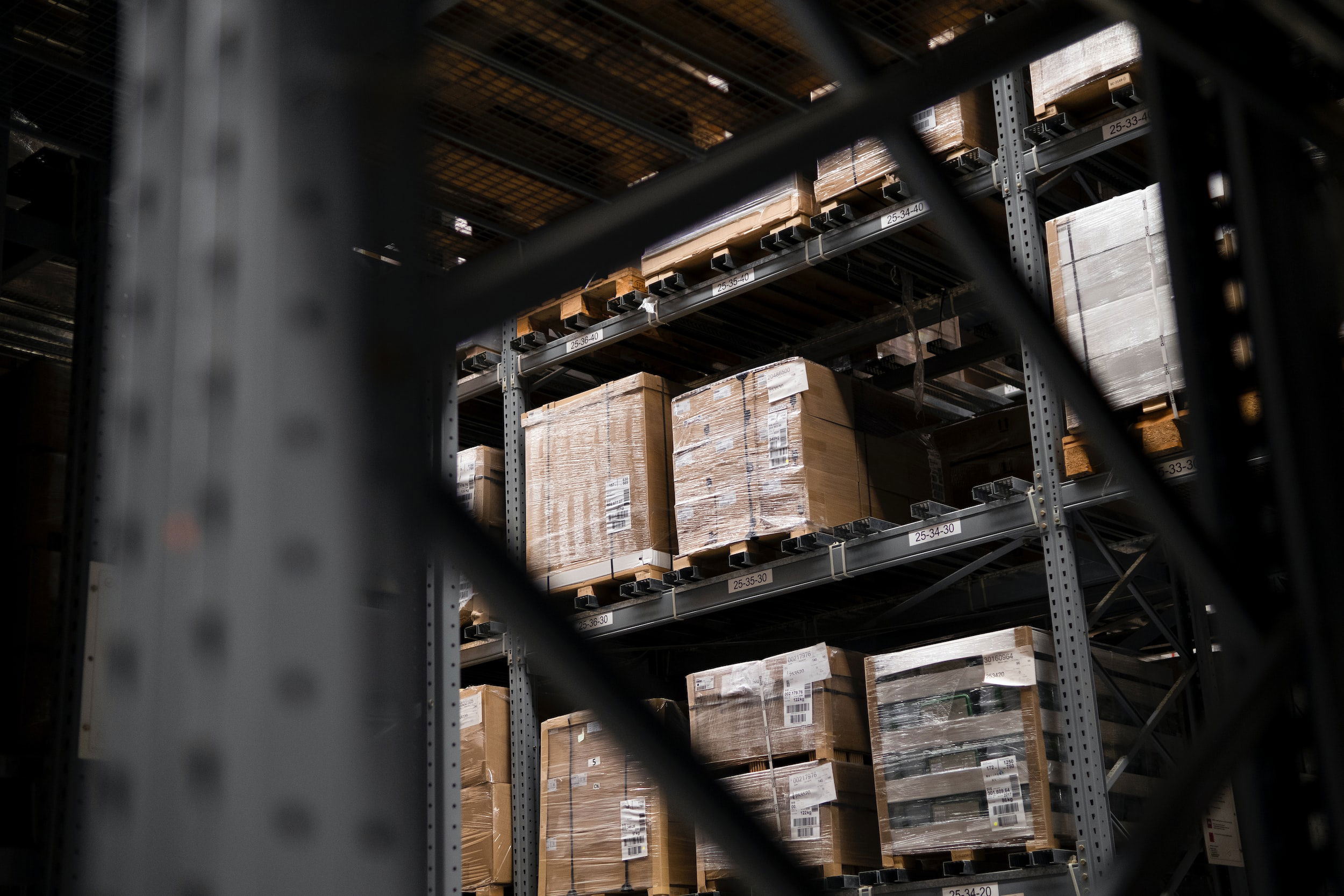Categorization Tips for Efficient Self-Storage
Unlock the full potential of your self-storage experience with strategic categorization. Whether you're storing business inventory, personal belongings, or a mix of both, a well-organized storage unit can make a world of difference.
Functional Categories: Begin by categorizing items based on functionality. Create sections for seasonal items, rarely used appliances, sentimental belongings, or business inventory. This approach ensures that each category remains easily accessible when needed.
Labeling and Inventory: Take the extra step of labeling each box and creating a basic inventory list. This not only helps you quickly locate specific items but also serves as a handy reference when deciding what to retrieve or store during subsequent visits.
Priority Zones: Designate priority zones within your storage unit. Keep frequently accessed items towards the front for quick retrieval, while less-used items can be placed towards the back. This ensures that your storage unit remains an efficient and user-friendly space.
Imagine entering your storage unit and effortlessly navigating through neatly labeled boxes, each holding a specific category of items.

Shelving System For Inventory Management: For individuals with a substantial inventory, consider utilizing large storage spaces equipped with a shelving system. This feature provides a structured and efficient way to organize goods, making it easier to manage and access your inventory. Shelving systems are particularly valuable for businesses storing products or materials, offering a space-maximizing solution that promotes order and accessibility.
Micro-Organization Mastery: Discover the art of micro-organization in compact locker spaces. Whether you're stashing personal mementos or streamlining on-the-go access, these locker storage solutions offer a tailored approach to efficient and organized living. Dive into the world of small-space optimization and transform your locker into a meticulously arranged haven.
Micro-Categorization: Embrace micro-categorization in a locker-sized space. Consider dividing the locker into sections for documents, gadgets, or sentimental keepsakes. Utilize small bins or baskets to create designated space for each category, ensuring a tidy and easily navigable storage solution.
Vertical Organization: Maximize vertical space within the locker by using hanging organizers, hooks, or small shelves. This not only creates additional storage tiers but also allows you to optimize every inch of the locker for different types of items.
Compact Accessibility: When arranging items, prioritize accessibility. Place frequently needed items toward the front and at eye level, while less-used belongings can be stored in the lower or upper regions of the locker. This ensures efficient use of space and minimizes the need for constant rearrangement.
Perfect for On-The-Go Storage: Locker-sized spaces are ideal for individuals needing quick, on-the-go access to their belongings. Whether you're a commuter storing essentials, a student keeping text books, or someone in need of a mini storage hub, these lockers offer convenience without compromising organization.
Labeling Miniatures: Since locker spaces are smaller, meticulous labeling becomes even more crucial. Use small, clear labels or color-coded tags for quick identification of each category. This small but impactful detail saves time and reduces the hassle of searching for specific items.
Flexible Locker Sizes: Consider the advantage of renting different-sized lockers based on your storage needs. Large lockers for bulkier items, medium lockers for a mix of belongings, and small lockers for quick-access essentials. This flexibility allows you to tailor your storage solutions without breaking the bank, providing cost-effective options for various requirements.


